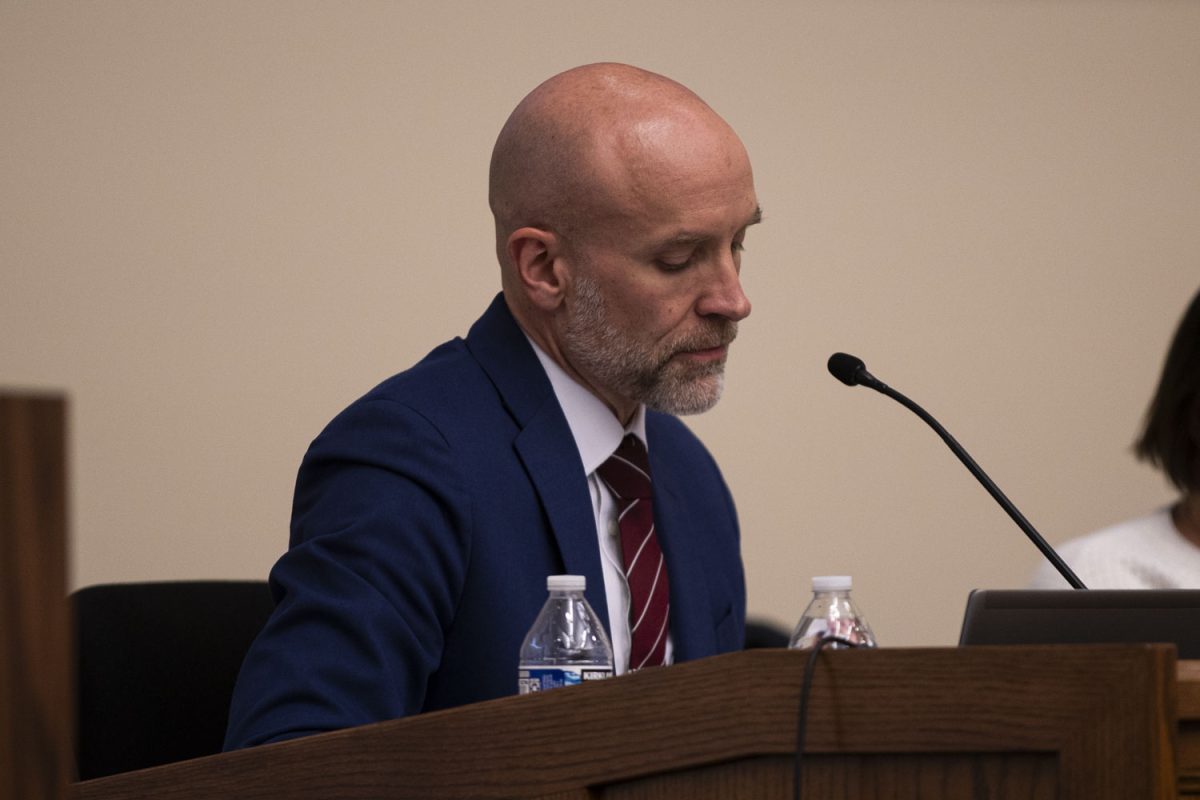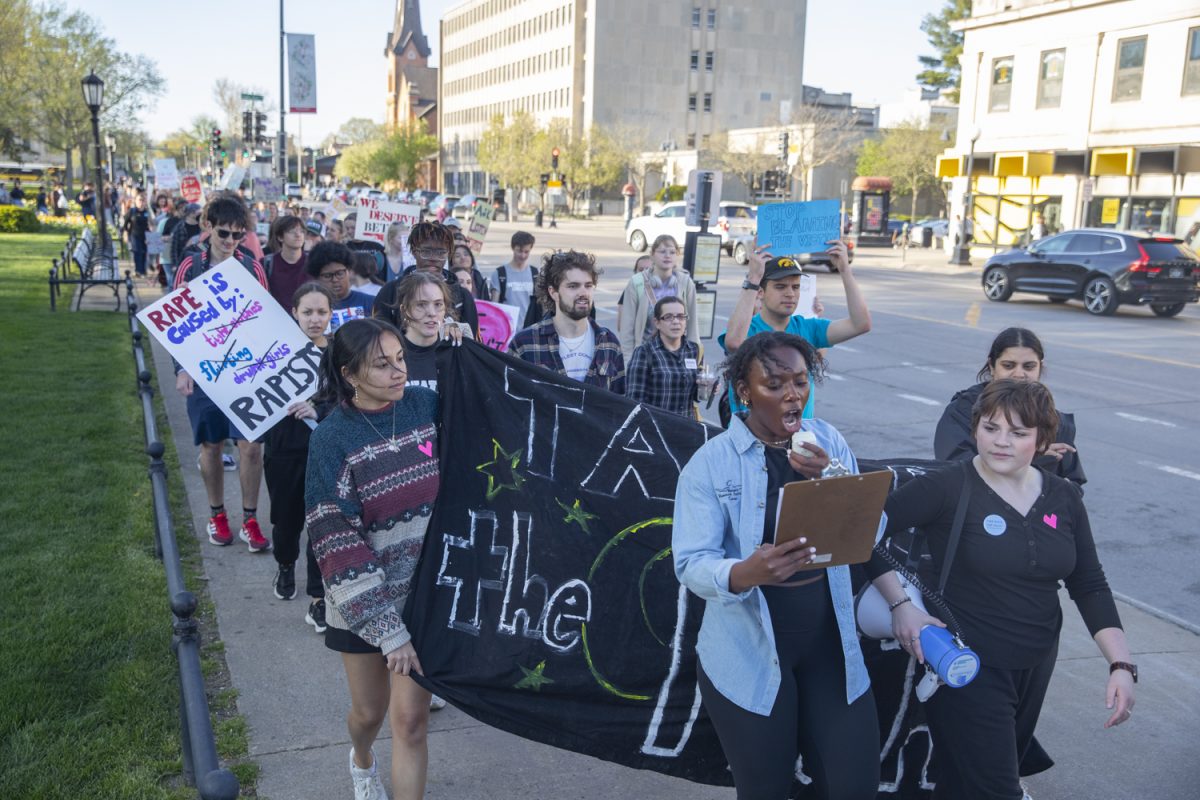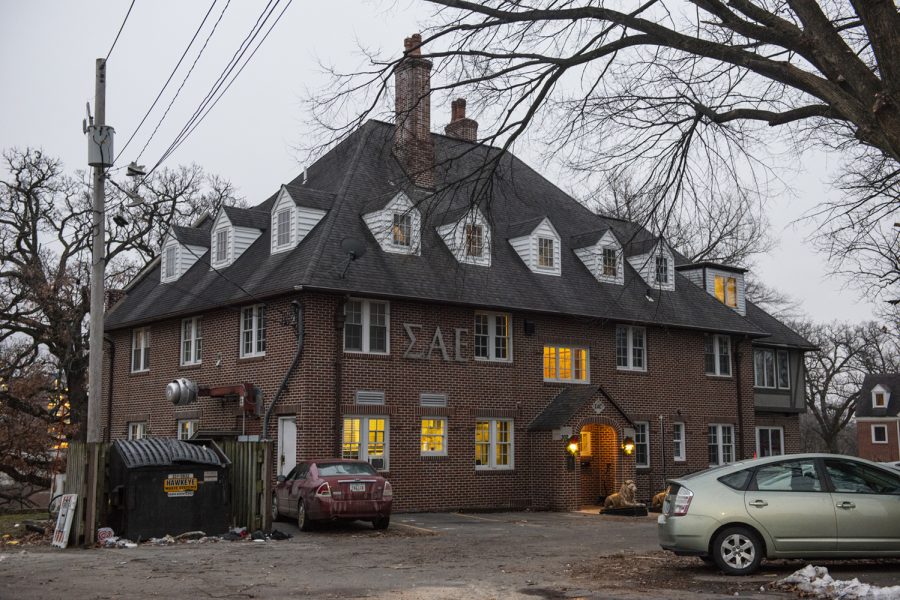The University of Iowa Mobile Clinic — a mostly student-run program founded 10 years ago — celebrated its 10th anniversary Sept. 14, and while it has come a long way from 2002, officials said it has room for improvement.
“It was really awesome to see the changes over the last 10 years in terms of how many disciplines and the people that they have, as well as increasing the number of sites we’ve been able to get to,” said Rita Bhatnagar, one of the founders. “It seems like it’s been a more streamlined process and easier to get people recruited to be part of this process.”
Penelope Rembolt, the administrative adviser for the clinic, said there were originally around 15 students, and today there are around 200 volunteers. Professional students from different medically based colleges come together to help diagnose and treat the un-insured and under-insured local populations.
“I think it’s amazing in 10 years how much we have expanded, and it’s really become an integral part of the Carver College of Medicine,” said Lindsey Knake, one of the board members for the clinic.
The clinic works under a yearly budget of roughly $12,000, provided by grants, donations, and some financial support from the Carver College of Medicine for the faculty medical director and staff member.
“There were a lot of good things going on with it, but I think there are also places where the organization can get stronger,” said Courtney Kerestes, one of the current board members. “I really wanted to work on improving how efficient the clinic is.”
The clinic continues to adapt not only in order to survive, but also mainly to help those in need. Currently there is an initiative to move completely to electronic records — aiming to put all of the patients’ records in one place to allow more efficient treatment over time.
“It will have all the patients from all the clinics in one cloud-based system, all Internet run,” said Alex Hubbell, a board member overseeing internal relations. “[There will be] no local servers, so it is very secure and very free. It will help with longitudinal tracking of patients coming back to us.”
Another big push is educating members of the public about their health and about the Mobile Clinic.
“We are really trying to push advertisement and just getting more awareness out there that there is a clinic that people can come to,” Knake said.
The Mobile Clinic started with four main sites, and volunteers currently visit five sites at least once a month, as well as a few extra during the summer. The original sites were Pheasant Ridge Neighborhood Center, Broadway Neighborhood Center, the Shelter House, and Columbus Junction.
And while they no longer visit the Broadway Neighborhood Center or the Shelter House, they have added the Cedar Rapids Free Medical Clinic, Street Medicine at Wesley Center, and West Liberty. St. Patrick’s Church is in the works of becoming the newest addition.
“If we can bring the care to the places, it makes it easier for people to get the care they need,” Bhatnagar said.
The Mobile Clinic began under a $30,000 grant from Pfizer, a national pharmaceutical company. Some of the money went into purchasing and upkeep of a bus that was retrofitted to become a mobile clinic. It was used until a fire about four years ago rendered it too expensive to repair. Currently, clinic members borrow space at the five main sites bringing all of their own equipment.
“It must be meeting a need,” founder Dominic Cirillo said. “I would hope at this point in time that we wouldn’t have this need in the community, but I’m glad that [the Mobile Clinic] is there to help fill it.”






